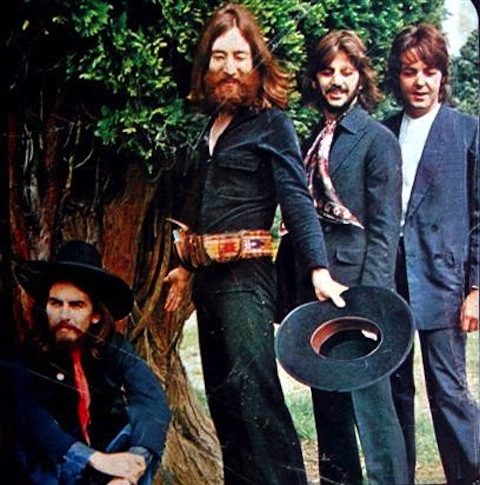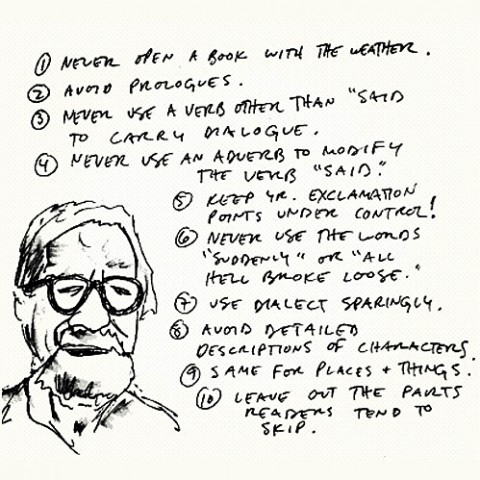It seems to me that Georgia O’Keeffe tends to get pegged as a regional Southwestern painter or as the woman who painted close-ups of flowers that look suspiciously like female anatomy, or both—a casualty of marketing for the dorm-room set. As in many a stereotype, there’s some truth in both over-simplifications, but O’Keeffe was, of course, much more, as she was more than the passionate younger wife and frequent subject of Alfred Stieglitz, though that is also a true and lovely story. Like any artist—like any human being, perhaps—Georgia O’Keeffe does not reduce into a single portrait.
But amid all the simplistic popularizations of O’Keeffe, it’s nice to encounter her afresh as just herself, speaking directly to the camera about her life and work. In the documentary clip at the top, we’re treated to several minutes of vintage footage of O’Keeffe in her New Mexico surroundings, intercut with interviews with the much older artist reminiscing. The interview was shot in 1977, when O’Keeffe was nearly 90, and for some reason, this image of her—as an aged, white-haired woman—also seems inscribed in the popular imagination. Perhaps this is because she only became famous somewhat later in life, and her fame only increased as she grew older.
In the clip above, see O’Keeffe discuss another rarely-discussed aspect of her career: her paintings of New York City, where she lived on and off for over two decades and where she fell in love with Stieglitz and joined his modernist inner circle. One reason that O’Keeffe’s New York paintings get neglected is, perhaps, that the most recognizable NYC scenes tend to look a bit dated and generic, while the best of them do what all of her best work does—simplify the subject, eliminate superfluous detail, turn the moment into timeless form and color. Perhaps another reason O’Keeffe gets pigeonholed as an artist of local color or veiled femininity is one that she suggests herself. She is said to have remarked, “The men liked to put me down as the best woman painter. I think I’m one of the best painters.”
Unfortunately, the full O’Keeffe documentary is not available online, but these clips provide ample insight into the reclusive artist’s mind and method. For more face-time with Georgia O’Keeffe, check out this short film of the 92-year-old artist showing off her beloved New Mexico landscapes.
Related Content:
Ansel Adams Reveals His Creative Process in 1958 Documentary
Alfred Stieglitz: The Eloquent Eye, a Revealing Look at “The Father of Modern Photography”
Gertrude Stein Recites ‘If I Told Him: A Completed Portrait of Picasso’
Josh Jones is a writer and musician based in Durham, NC. Follow him at @jdmagness






